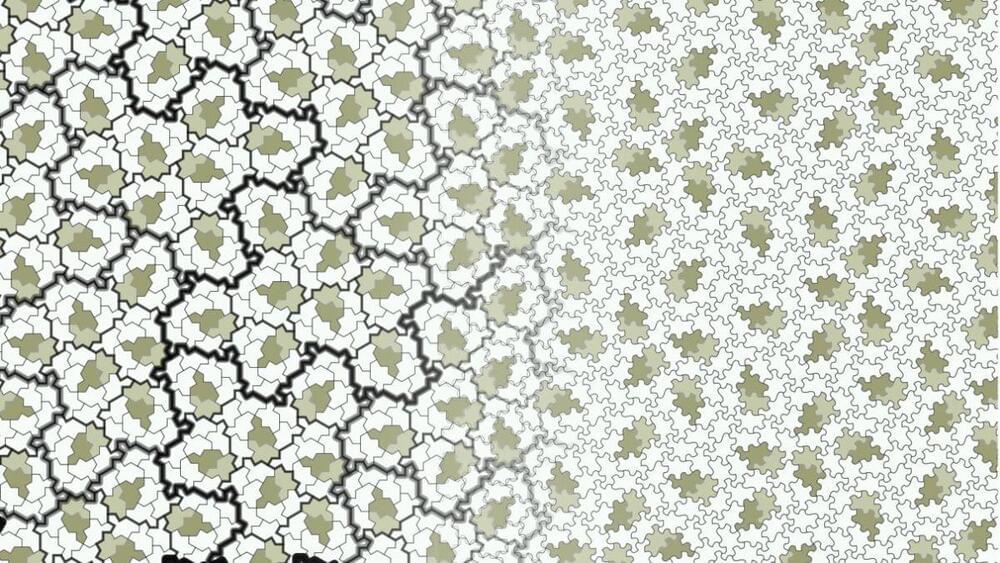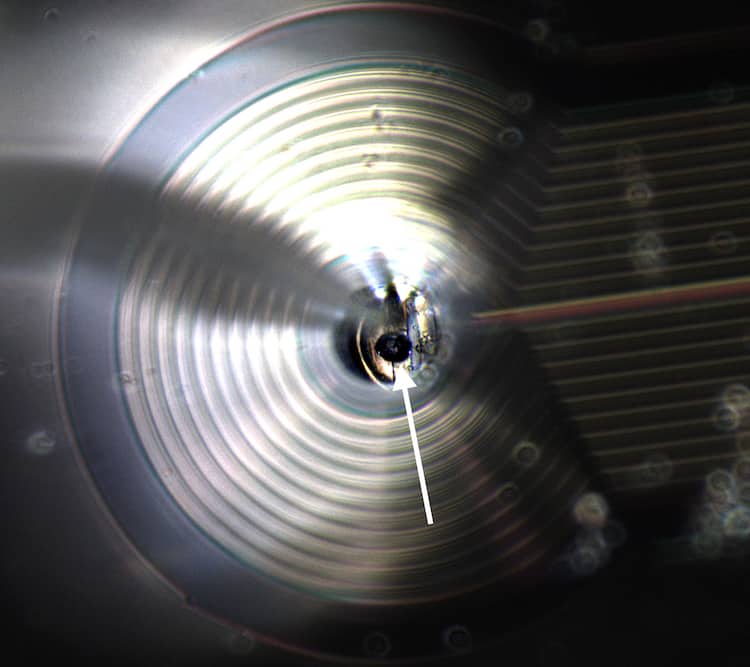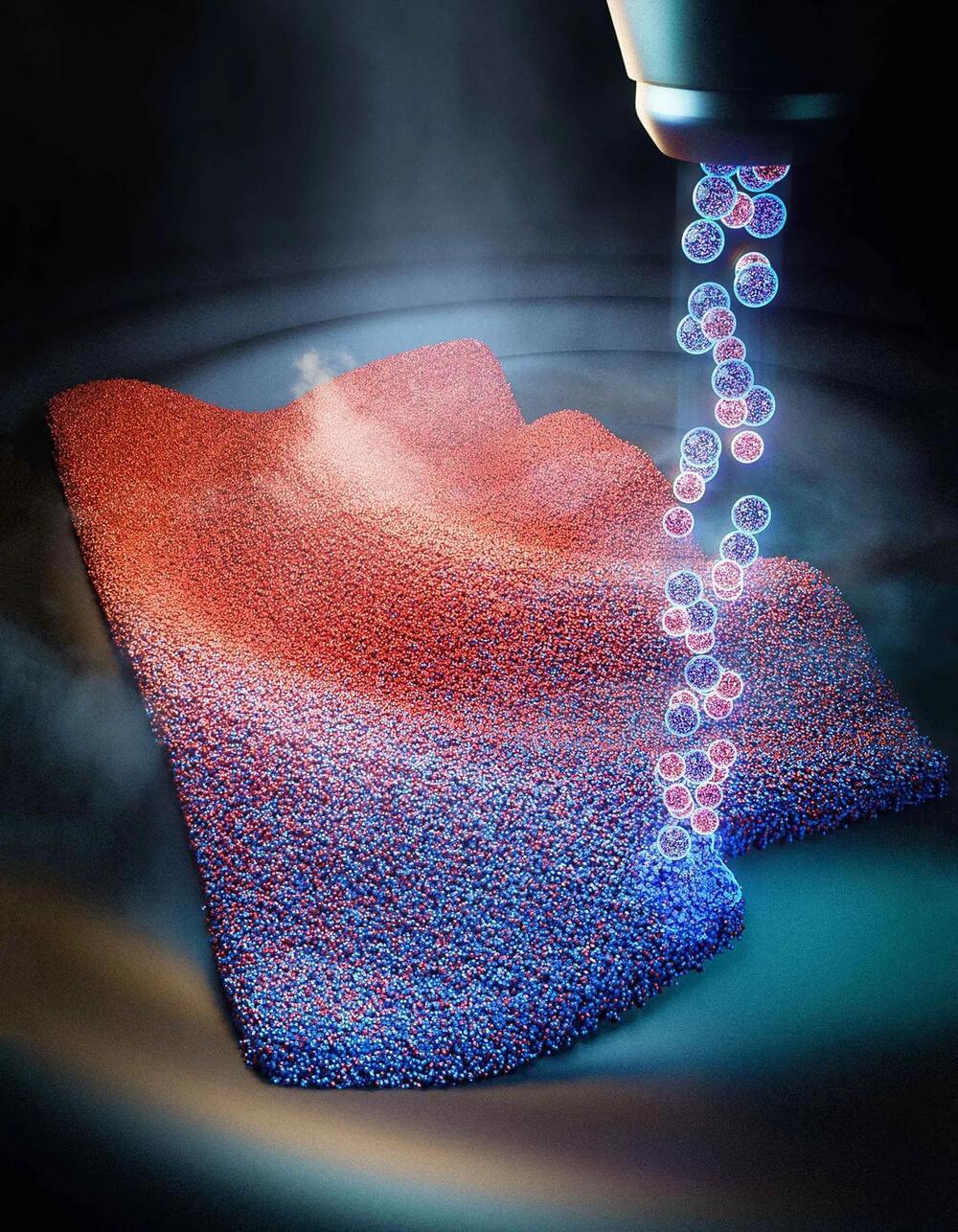Researchers have discovered a new 14-sided shape called the Spectre that can be used to tile a surface without ever creating a repeating pattern, ending a decades’ long mathematical hunt.



A team of Washington State University (WSU) researchers is working with ZEVA Aero, a Tacoma-based start-up, and testing components to create a single-passenger, electric vertical takeoff and landing (eVTOL) aircraft, taking us one step closer to turning that dream into reality.



Israel’s Brenmiller Energy has announced the opening of a “gigafactory” to manufacture the company’s thermal energy storage systems, which store power as heat and then provide users with energy on demand via steam. The company believes it to be the first factory in the world of its kind.
Thermal energy storage, true to its name, stores energy as heat — a crucial function as society transitions to renewable sources like solar and wind, sources that are now economically viable to gather but, alas, are as variable as the weather and seasons.
Brenmiller is angling for the new facility to be their primary production hub and plans to hit full capacity by the end of 2023.



A groundbreaking revelation has the scientific community buzzing: a possible encounter with a parallel universe. Researchers suggest that signs from the universe’s furthest reaches may indicate another vastly different universe has touched ours, potentially disrupting our universe’s fabric. This interpretation could validate the multiverse theory.
Researcher Dr. Ranga-Ram Chary examined the cosmic microwave background’s noise and residual signals — the remnants of the Big Bang. He discovered several sporadic bright spots, which he speculates could be the echo of our universe colliding with another billions of years ago.
This interpretation is tentative, but aligns with some cosmological theories suggesting that interactions between alternative universes could occur. These theories propose our universe is merely one bubble among countless others. Once a universe initiates in a Big Bang-like event, it perpetually expands. This rule applies to all universes, implying periodic intersections could occur.
Original paper is at https://arxiv.org/pdf/1809.09615.pdf

A novel 3D printing method called high-throughput combinatorial printing (HTCP) has been created that significantly accelerates the discovery and production of new materials.
The process involves mixing multiple aerosolized nanomaterial inks during printing, which allows for fine control over the printed materials’ architecture and local compositions. This method produces materials with gradient compositions and properties and can be applied to a wide range of substances including metals, semiconductors.
Semiconductors are a type of material that has electrical conductivity between that of a conductor (such as copper) and an insulator (such as rubber). Semiconductors are used in a wide range of electronic devices, including transistors, diodes, solar cells, and integrated circuits. The electrical conductivity of a semiconductor can be controlled by adding impurities to the material through a process called doping. Silicon is the most widely used material for semiconductor devices, but other materials such as gallium arsenide and indium phosphide are also used in certain applications.